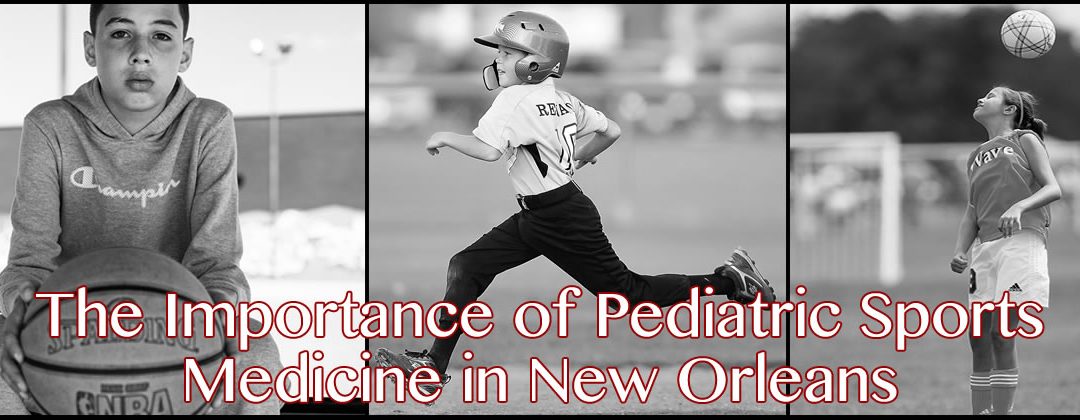Doctors have a phrase that “kids are not little adults,” and this is true for young athletes as well. Physicians who are trained in pediatric sports medicine in New Orleans are aware of the differences in the physiology, anatomy, and injury patterns seen in children and adolescents as compared to adults.
The Differences Between Pediatric And Adult Patients
Many differences exist between pediatric and adult patients. These differences become clear when comparing an x-ray of a child’s bone to an adult’s. Pediatric patients have some open growth plates that do not close until they are 20 years old. These plates add length to the growing bone but are often considered the “weak link in the chain.”
For example, in adults, overuse injuries lead to tendonitis, but children with open growth plates are more apt to suffer from an irritation of a growth plate. Similarly, adults may sprain their ankle when they twist or roll it, but children may suffer a fracture at or near the growth plate. Also, these growth plates can be harmed if not treated properly by physicians who specialize in the conservative and surgical management of these conditions.
The Growth Spurt
When children reach adolescence, they experience a growth spurt. During this time, athletes are often becoming more active but are also at an elevated risk of injury.
When children grow, their bones often grow first, which means their tendons and muscles tighten over the elongated bone, causing them to become more unbending and also predisposes them to injury. A physician who is trained in pediatric sports medicine in New Orleans can identify these factors that may raise the risk of injury. They can also provide valuable education regarding injury prevention for your growing athlete.
Fueling Up
Growing athletes have different rest, activity, and nutrition progression needs than adult athletes. To prevent injuries, growing athletes should alter their physical activities.
Keep it Fun
Keeping sports fun should be the main focus for young athletes. To achieve this, youth athletes should not participate in an organized sport more hours a week than their age. For example, a 15-year-old soccer player should only have 15 hours or less per week of organized sports. However, they can get outside and participate in as much free-play as they want.
We are committed to providing your growing athlete with the best possible care. Our physicians who are trained in sports medicine in New Orleans are specialists in injury prevention, diagnosis, treatment and rehabilitation of sports-related injuries.
If you would like your child to be seen by a sports medicine expert, contact our office today to schedule an appointment. We provide top-notch care in order to return your young athlete back to their sport at the top of their game.
